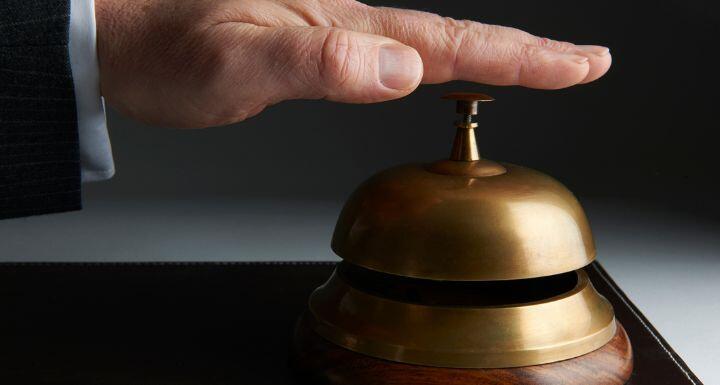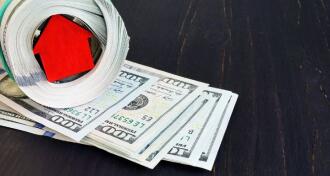When a borrower triggers a monetary default under a loan by failing to make required payments, most loan documents allow the lender to accelerate the loan and invoke a default interest rate and penalties.
But what happens if the borrower files Chapter 11 to reorganize its affairs and submits a plan that "reinstates" the loan by bringing it current and keeping it current at the non-default rate? Must the lender accept those terms, or can it insist that the debtor pay the default rate?
In In re: Golden Seahorse, LLC, a recent decision from a bankruptcy court in New York, the court held that a debtor must pay the default interest rate to reinstate a loan if that rate was triggered by a pre-bankruptcy monetary default. The ruling provides a powerful weapon for lenders in dealing with distressed debtors.
The debtor owned the "Biggest Holiday Inn in the World" – a 50-story hotel in downtown Manhattan. In 2018, the hotel was refinanced with two lenders via a $137 million note with a 10-year amortization and a 5% interest rate. The debtor paid timely until the Covid-19 pandemic began. When the hotel closed in May 2020, and the debtor missed its payments, the lenders accelerated the loan and invoked the default interest rate – the note rate plus an additional 5%. The lenders sought to put the hotel in receivership, but the debtor filed Chapter 11 first.
The debtor filed a plan seeking to "reinstate" the loan by bringing it current and keeping it current – but at the non-default rate. The debtor's goal, in addition to saving the hotel, was to preserve the below-market interest rate and avoid default interest and penalties. The lenders insisted on the default rate for the duration of the note. The difference was about $20 million.
In ruling for the lenders, the court pointed out that the Bankruptcy Code says to look to the loan documents and state law to determine how a debtor/borrower can cure a default. So if the loan documents invoke a default rate, and that rate is not inconsistent with state law, then the court should enforce it.
The only exception is for penalty rates or penalty provisions associated with non-monetary defaults. The Bankruptcy Code specifically exempts these penalties from having to be cured to reinstate a loan.
This decision is on appeal and not binding on North Carolina bankruptcy courts, but it is lengthy and meticulous and a potentially powerful decision for lenders. With the rise in interest rates over the past year, distressed debtors with older long-term debts may use Chapter 11 to attempt to lock in below-market rates. To do so, they would argue that they can de-accelerate and reinstate their loan by bringing it current at the non-default rate. They could argue that by proposing this treatment, the loan is "unimpaired" and "rides through bankruptcy," meaning the lender has no say and no vote. If a lender finds itself in this situation, it will want to respond, "not so fast," and invoke the holding of Golden Seahorse.









